What Does a Laptop Need for Video Editing
Mobile video editing, particularly for 4K footage, can be a big challenge. But laptops have increased in power significantly in recent years, making mobile editing more affordable.
In this article, we're going to offer some guidelines to help you choose the perfect laptop for video editing, offer a few models you should definitely consider, and provide a list of accessories that will make your life a lot easier.
If you're looking for more tips and hardware to use for working from home, visit Newegg's Work From Home portal.
Prices and availability of products discussed were accurate at time of publication, but are subject to change.
Consider your software
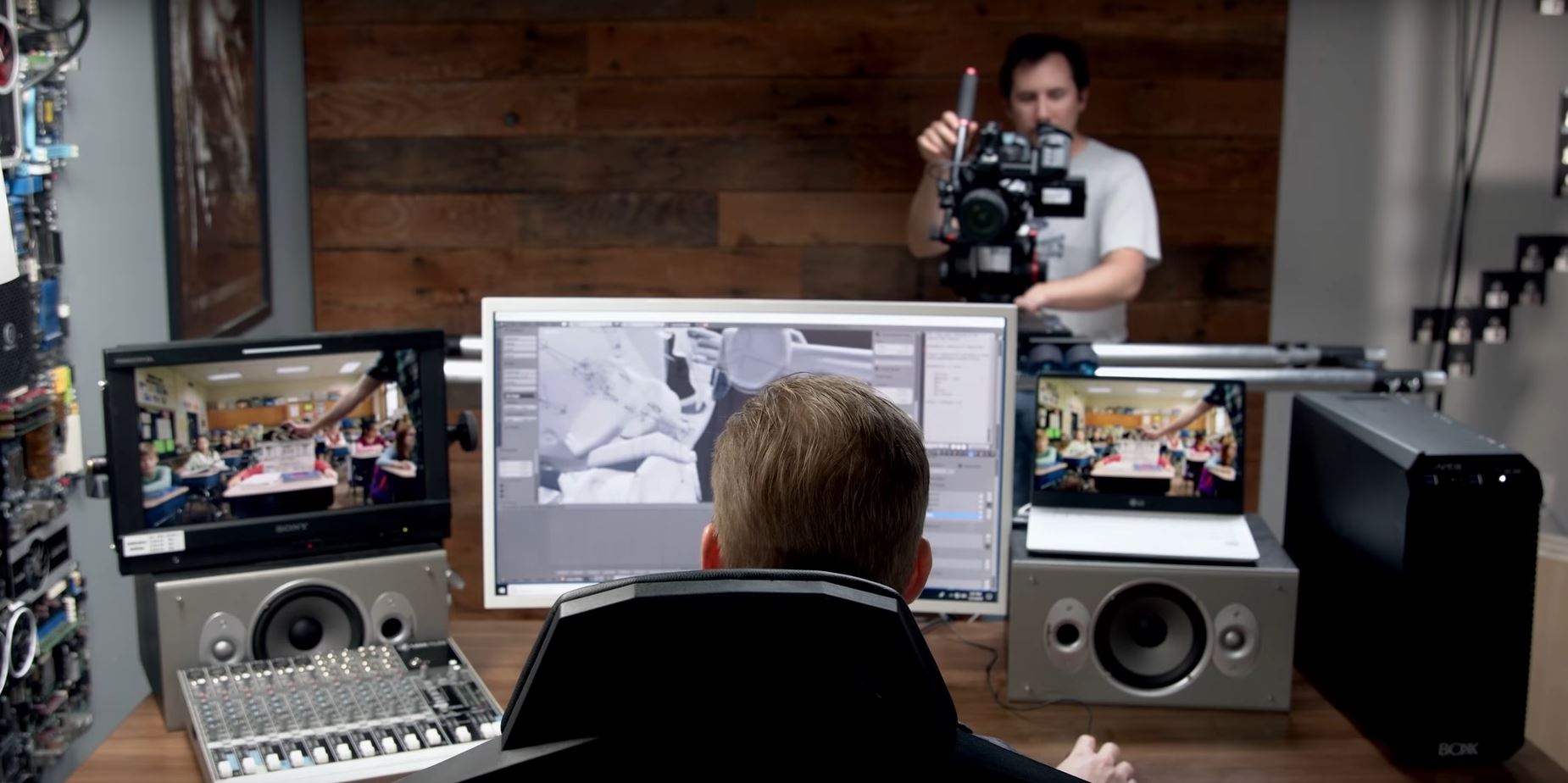 Different software packages prioritize different parts of your computer. Think about what software you want to use or are currently using, and choose your laptop accordingly.
Different software packages prioritize different parts of your computer. Think about what software you want to use or are currently using, and choose your laptop accordingly.
Here's a good thing to try: if you're considering a new system, it's probably because your current system is choking on something you're doing. If you're in Windows, pop open your Task Manager and go to the Performance tab and see what part of your system is getting maxed out.
CPU, RAM, and hard drives are all likely slowdown culprits, and the latter two are upgradeable on many Windows laptops with a little bravery and a set of jeweler's screwdrivers. More RAM can save you a LOT of pain during your edit; the difference between 16GB and 32GB of RAM was night and day for me.

Contrary to what you might expect, Adobe Premiere Pro puts most of its load on your CPU and RAM, rather than your GPU. Certain effects like scaling utilize your GPU, but most of the hard work of playback and rendering are handled by your CPU. Making things a bit more complicated, some effects like Warp Stabilizer rely on your clock speed and aren't helped by additional cores, while rendering absolutely is.
Meanwhile, DaVinci Resolve relies heavily on your GPU. You can't skimp on your CPU, but if you don't have a strong GPU, you're going to struggle. However, DaVinci offers some terrific color correction options, and it's software you can buy for a fairly reasonable price, as opposed to rent via Adobe's Creative Cloud service. And the free version is very powerful if you want to try it first.
If you're going to use Final Cut Pro and you want to be mobile, you're locked into the Apple Macbook Pro. If you want to use Avid, you are better off with a desktop.
4K or 1080P?
What kind of footage will you be editing? Generally speaking, 1080P footage doesn't require nearly as much power; your CPU, RAM, and storage can all be slower and cheaper. If you're editing 4K footage, you're going to need a much more powerful system. Fortunately, we have recommendations that will work for both.
Proxies are your friend
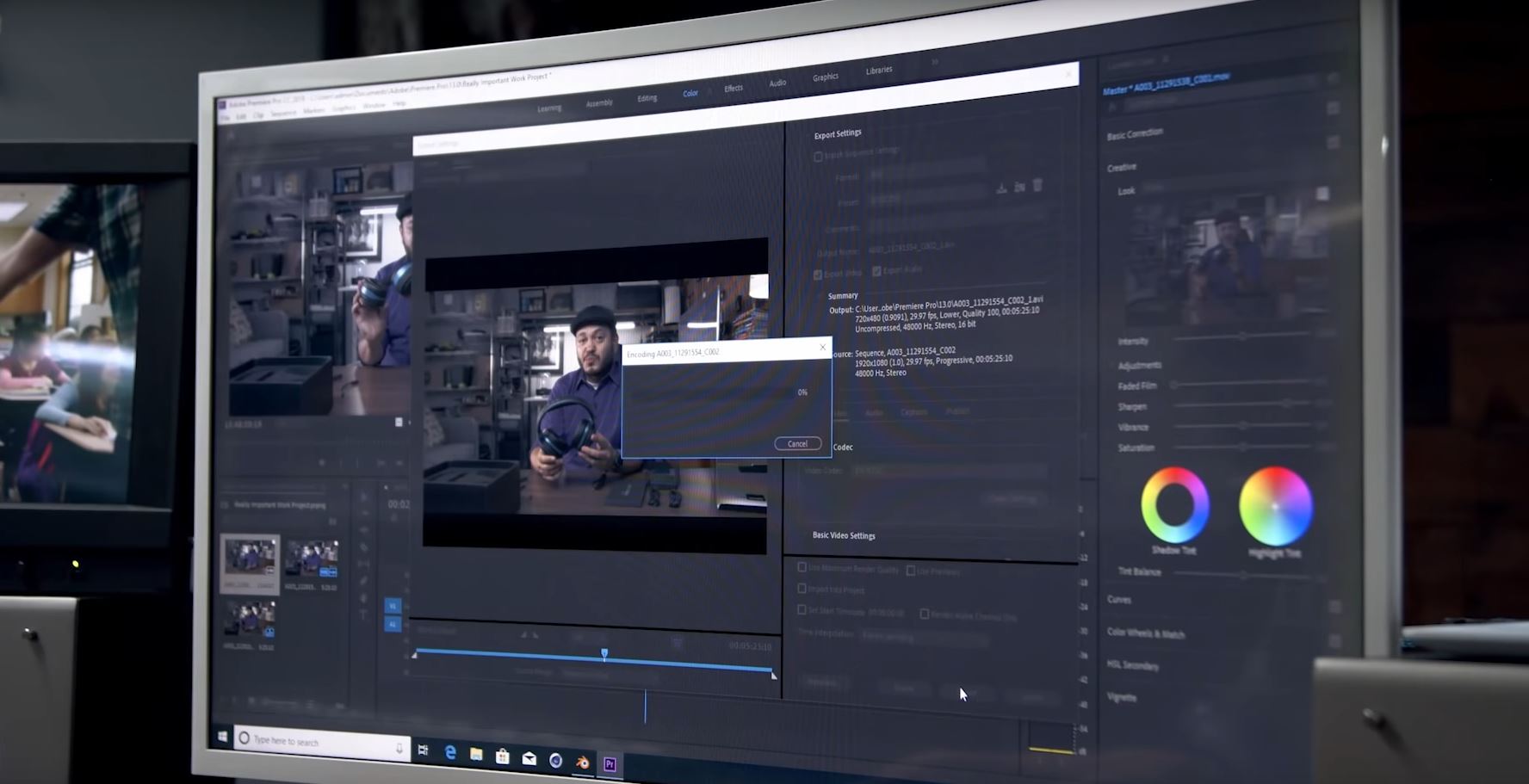 Proxies are lower res, smaller versions of your footage that you create using your editing software. They ensure that your playback is fast and smooth. When it's time to render your footage, you deactivate your proxies and render the final video using your high res files.
Proxies are lower res, smaller versions of your footage that you create using your editing software. They ensure that your playback is fast and smooth. When it's time to render your footage, you deactivate your proxies and render the final video using your high res files.
Even the most powerful laptop is less powerful than a comparably priced desktop. If you're only editing 1080p footage, you probably won't need to proxy footage for your edit. But if you're editing 4K footage, you may need to create proxies.
Keep in mind that while proxies much smaller than your 4K footage files, they're still pretty sizeable. You'll need to keep both your original files and your proxies until you're done editing, which can be quite a storage hog.
SSDs vs external HDs
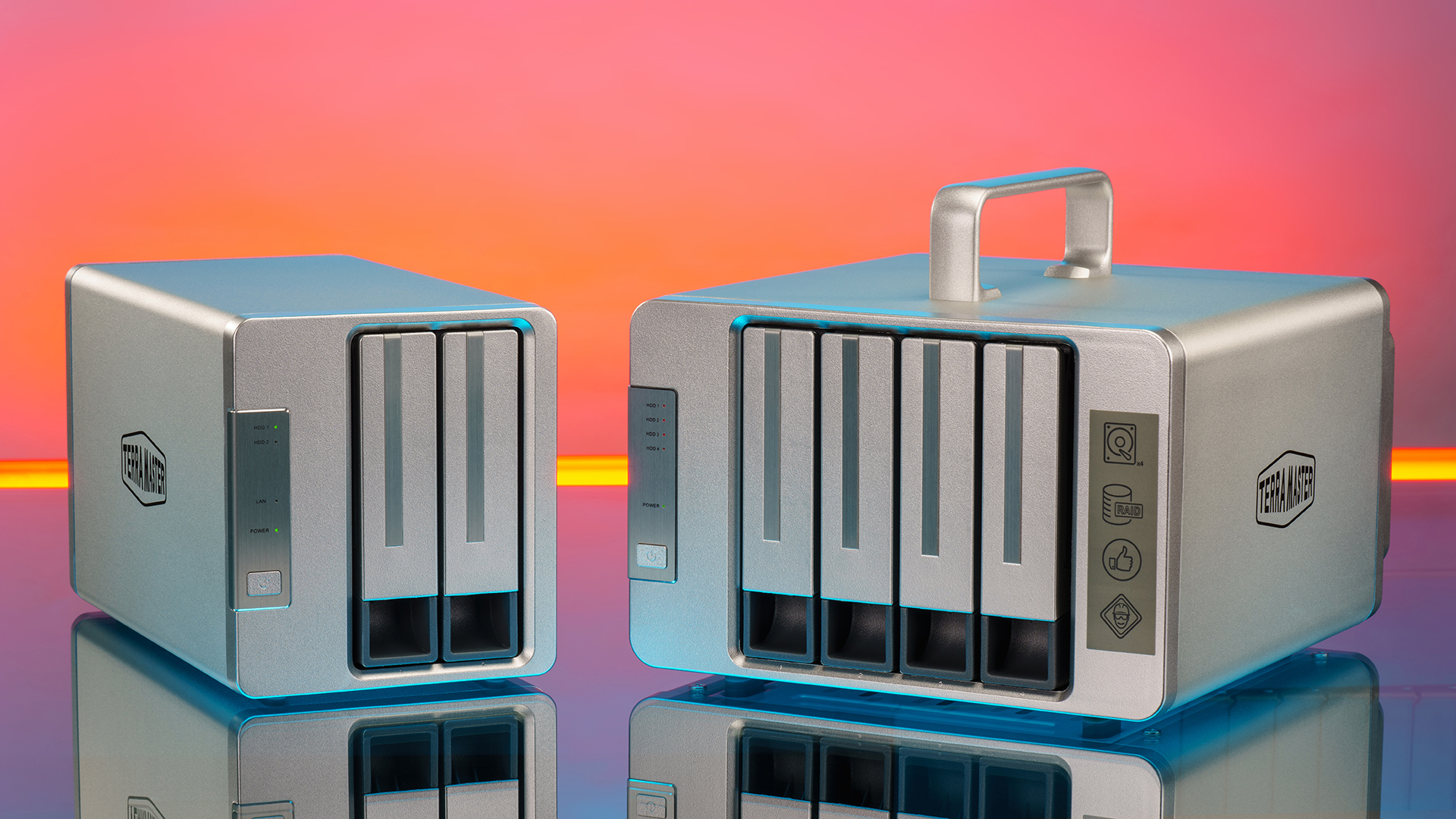 If you're editing video, get ready to use an immense amount of storage space. My Panasonic GH5 hybrid camera can fill a 64GB SD card in less than an hour when shooting 4K 10-bit 4:2:2 video. When you start adding doing longer shoots with multiple cameras, the gigs really start to add up.
If you're editing video, get ready to use an immense amount of storage space. My Panasonic GH5 hybrid camera can fill a 64GB SD card in less than an hour when shooting 4K 10-bit 4:2:2 video. When you start adding doing longer shoots with multiple cameras, the gigs really start to add up.
Ideally, you want fast SSD storage for your in-progress projects. This will make it much more likely that you'll be able to play back footage easily and without frame drops. However, most laptops only have a small SSD for the operating system and key apps, and a much larger spinning disk HD for everything else.
You can store 1080p footage on a simple USB 3.0 external HD, but you'll want to keep your 4K footage on an SSD drive. If you're out of space on your laptop's SSD, you can use an external SSD with a USB Type-C or Thunderbolt 3 interface.
You also should have a large external HD space to archive your old footage from completed projects. I've had pretty good experiences with Western Digital external HDs, but remember all storage drives have one thing in common: they fail.
Lacie, G-Drive, Hitachi, WD, Seagate, it doesn't matter. Everything fails eventually. Back up everything you can't afford to lose. Make a local backup for projects in progress for rapid recovery, and back everything up to the cloud in case of natural disasters or theft.
If you need fast, reliable access to a ton of footage (say, if you're shooting a feature film or documentary), you may want to create your own external RAID. In the past, folks used 10 Gb/s ethernet to connect to NAS RAIDs, but Thunderbolt 3 is 4x faster and easier to come by on a laptop.
Getting accurate colors
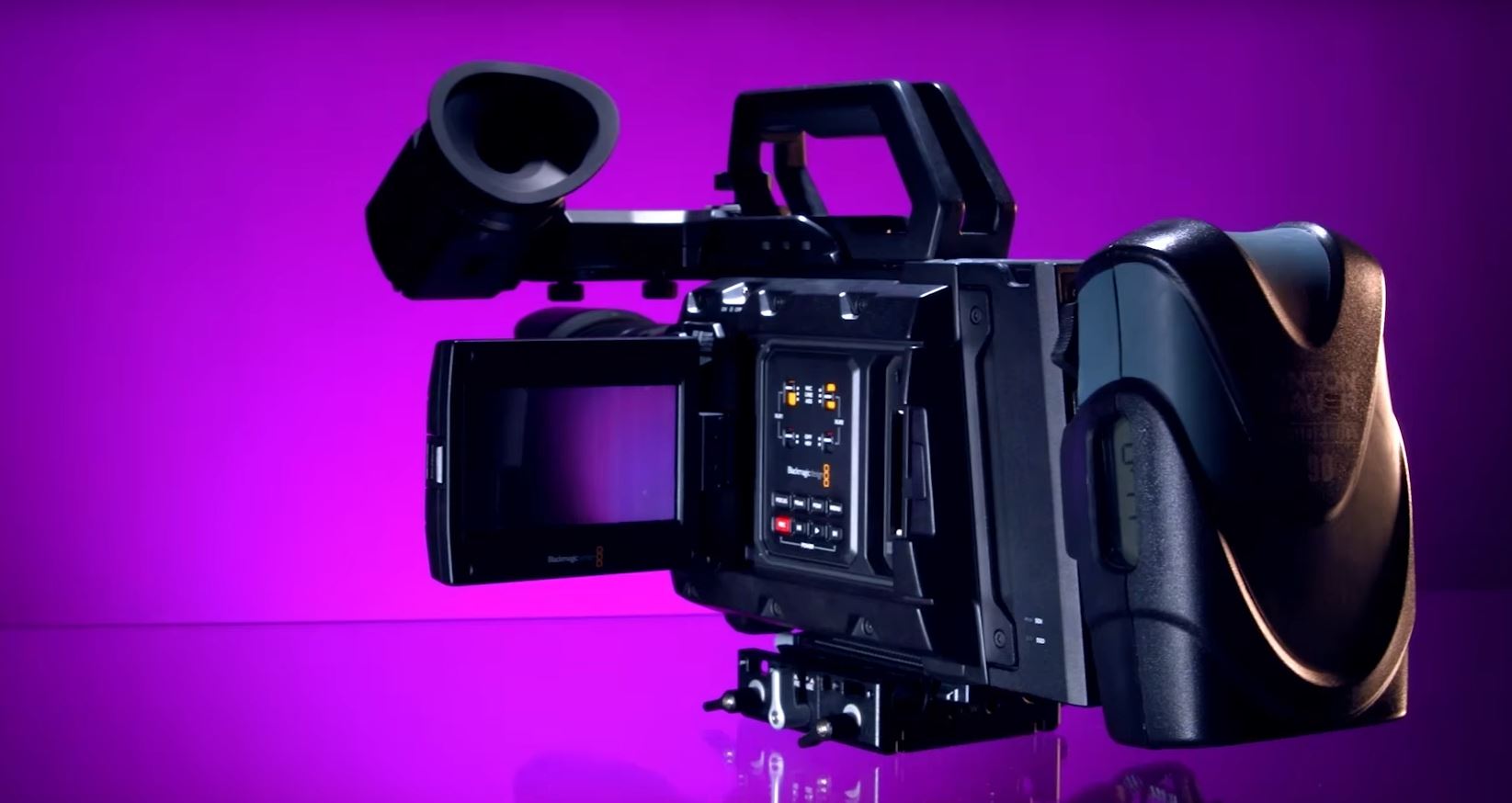 Most laptops screens are calibrated for excellent performance for day to day use and gaming, but not correct colors for video production. If you're spending any amount of time white balancing or color correcting your video, I strongly suggest that you calibrate your laptop's display. I've used the Datacolor Spyder5Pro and had pretty good results.
Most laptops screens are calibrated for excellent performance for day to day use and gaming, but not correct colors for video production. If you're spending any amount of time white balancing or color correcting your video, I strongly suggest that you calibrate your laptop's display. I've used the Datacolor Spyder5Pro and had pretty good results.
Keep in mind that this unit is NOT meant to match monitors to each other. You won't be able to use it to make your laptop monitor and an external monitor perfectly match. But it will get you a lot closer to accurate colors overall, making your videos look better across a wider array of devices.
If you use an external screen, try to pick up one that covers 100% of the sRGB spectrum. This will result in truer, deeper colors. I use the Dell U2718Q and I'm really happy with it.
The best laptops for video editing
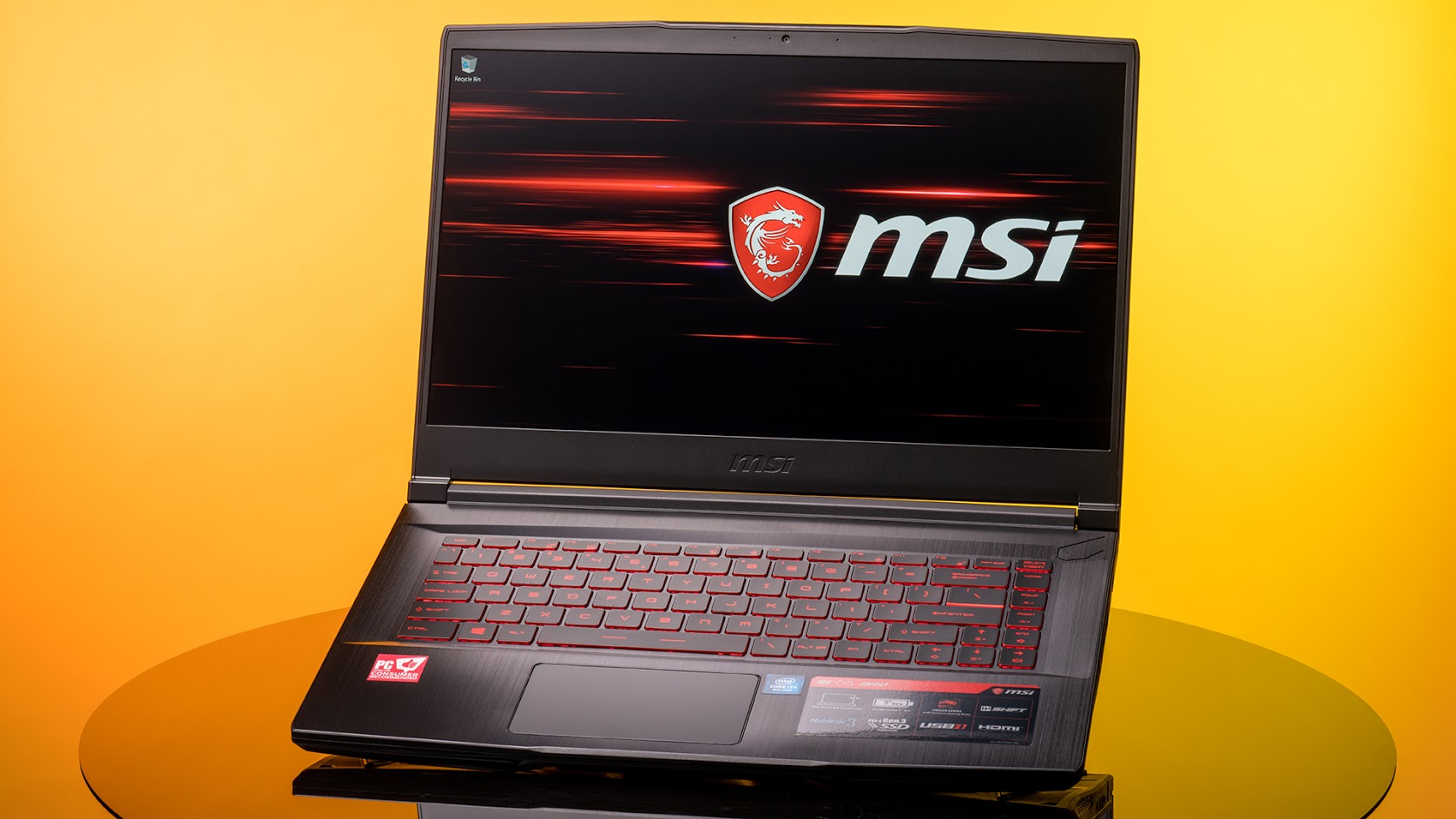
We used the following criteria for recommending laptops:
- Strong CPU with multiple cores / threads to help with rendering and other video-related tasks.
- Decent discrete GPU. While it's not as critical to video editing as you might think, it's good to have regardless.
- At least 16GB of RAM. You don't want to skimp here, and if you're editing 4K video, consider upgrading aftermarket to 32GB.
- USB 3.1 Type-C was strongly preferred, to use fast external SSD drives to hold your project files. We opted for Thunderbolt 3 where we could for even more speed.
These criteria meant that we ended up with a lot of gaming laptops. There's a lot of RGB bling on some of these laptops, and they don't always look as professional as, say, a Macbook, but they're also pushing a lot more power.
We didn't end up picking any Ryzen laptops because they tend to come with weaker Vega 10 GPUs, which aren't sufficient for our purposes. However, desktop Ryzen processors are great for video editing when you pair them with a solid GPU.
We also did not recommend the Microsoft Surface laptops. While they are gorgeous devices, they don't have the kind of graphical grunt that you'll want for 4K editing, and their price to performance ratio was too lopsided to recommend as an option for 1080p editing alone.
As always, the prices and availability of the products discussed below may change over time.
Dell G3 15" i5 8300H with GTX 1050 Ti – $749
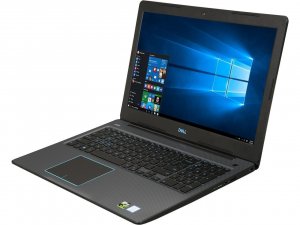 If you're absolutely champing at the bit to start editing 1080p video or you're on an extremely limited budget, you can start here. This Dell comes with an i5-8300H, which comes with four cores and eight threads. However, you're compromising on RAM (only 8GB) and you can't get an SSD at this price point.
If you're absolutely champing at the bit to start editing 1080p video or you're on an extremely limited budget, you can start here. This Dell comes with an i5-8300H, which comes with four cores and eight threads. However, you're compromising on RAM (only 8GB) and you can't get an SSD at this price point.
You do, however, get a GTX 1050 Ti and USB 3.1 Type-A ports, which makes you a bit more expandable. But if you can get the cash together, I recommend the next step up.
Acer Aspire 7 17.3" i7-8750H with GTX 1060 – $939
This laptop comes in at a terrific price point for aspiring video editors. You get the i7-8750H, which has six cores and twelve threads, which will help cut down your rendering time versus the last generation i7-7700-HQ. It also comes with a GTX 1060, which will help with GPU-enabled tasks.
It only has 16GB of RAM, which may trip you up, but if you find that you're having trouble, this laptop's RAM is user upgradeable. Be careful of opening it up though! Doing so may void your warranty.
It also comes with one USB 3.1 Type-C, one USB 3.0 port, and two USB 2.0 ports. Keep in mind that while USB 3.1 Type-C looks identical to Thunderbolt, it is not nearly as fast.
If you need fast, portable storage to pair with this laptop, consider the Samsung T5 2.5" 1TB drive. It's pricey, but if you're handling big footage files, this will go a long way toward smoothing out your post-production process, especially if you're working with 4K files. Also, if you're shooting with the new Blackmagic Pocket Cinema Camera 4K, you can record 4K DCI 3:1 RAW or 4K DCI ProRes HQ up to 60fps video files directly to this drive, then hook it directly up to your laptop to start your edit.
MSI GS73 Stealth 17.3" i7-8750H GTX 1070 with 4K screen – $1599
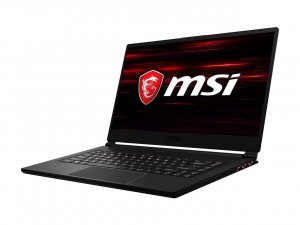 This laptop is over $600 more than the Acer above, but for good reason. It's got an i7-8750H, so you're getting six cores and twelve threads. This unit also has a 4K screen and a GTX 1070 to go with it.
This laptop is over $600 more than the Acer above, but for good reason. It's got an i7-8750H, so you're getting six cores and twelve threads. This unit also has a 4K screen and a GTX 1070 to go with it.
It also comes with 512GB M.2 SSD and 2TB HD so you're good for storage, but most importantly it comes with a Thunderbolt 3 port. This port can transfer data at a whopping 40 Gb/s, which means that you can connect this laptop to external RAIDs for your footage. It also allows you to daisy-chain additional devices. And it's compatible with USB Type-C devices!
Last but not least, it comes with a 17.3" screen but only weighs in at a svelte 5.35 lb.
MSI GS65 Stealth-005 with i7-8750H and RTX 2080 – $2791.89
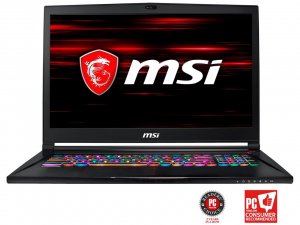 If you're going all out, might as well go all the way. This is the no-compromises editing laptop you've been looking for. High-end i7 processor? Got it. Thunderbolt 3? Got it. RTX 2080? Got it. 4K display? Got it. You can crush edits and 4K gaming with this beast. It only has 16GB of RAM, but 32GB is pretty hard to find on any laptop, even at the upper price points. If you need more, you'll need to install it yourself.
If you're going all out, might as well go all the way. This is the no-compromises editing laptop you've been looking for. High-end i7 processor? Got it. Thunderbolt 3? Got it. RTX 2080? Got it. 4K display? Got it. You can crush edits and 4K gaming with this beast. It only has 16GB of RAM, but 32GB is pretty hard to find on any laptop, even at the upper price points. If you need more, you'll need to install it yourself.
If you feel like you can live without the 4K display, you can spring for the Acer Predator Triton 500, which actually has a larger SSD and a 1080p screen, for only $2499.
What are you editing on? Let us know in the comments!
What Does a Laptop Need for Video Editing
Source: https://www.newegg.com/insider/how-to-choose-a-laptop-for-video-editing/
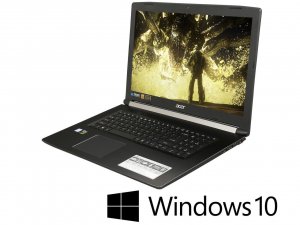
0 Response to "What Does a Laptop Need for Video Editing"
Post a Comment